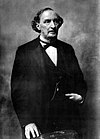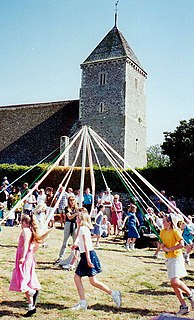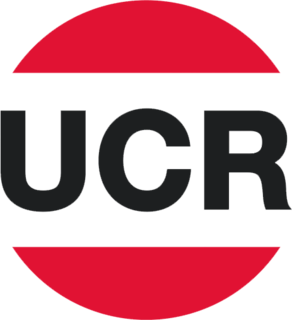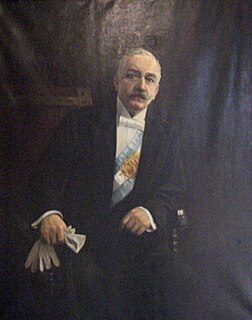
Roque Sáenz Peña Lahitte was the sixteenth President of Argentina, serving from October 12, 1910 to his death in office on August 9, 1914. He was the son of former President Luis Sáenz Peña.
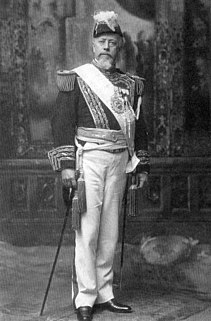
Alejo Julio Argentino Roca Paz was an army general who served as 8th President of Argentina from 12 October 1880 to 12 October 1886 and 13th from 12 October 1898 to 12 October 1904. Roca is the most important representatives of the Generation of '80 and is known for directing the "Conquest of the Desert", a series of military campaigns against the indigenous peoples of Patagonia. During his two terms as president, many important changes occurred, particularly major infrastructure projects of railroads and port facilities; increased foreign investment, particularly from Great Britain; large-scale immigration from southern Europe; expansion of the agricultural and pastoral sectors of the economy; and laicizing legislation strengthening state power. Roca's main foreign policy concern was to set the limits with Chile, which had never been determined with precision. Roca took advantage of the fact that year of 1881, Chile was fighting the War of the Pacific against Bolivia and Peru, so for Chile it was strategically important not to have a second military front. Argentina gained territory by treaty with Chile.
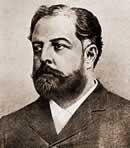
Aristóbulo del Valle was a lawyer and politician born in Dolores, province of Buenos Aires, Argentina. He was, together with Leandro Alem, one of the founders of the Radical Civic Union.

The Sáenz Peña Law was Law 8871 of Argentina, sanctioned by the National Congress on 10 February 1912, which established the universal, secret and compulsory male suffrage though the creation of an electoral list. It was approved during the presidency of Roque Sáenz Peña, main supporter of the law.

The Generation of '80 was the governing elite in Argentina from 1880 to 1916. Members of the oligarchy of the provinces and the country's capital, they first joined the League of Governors, and then the National Autonomist Party. They filled the highest public political, economical, military and religious positions, staying in power through electoral fraud.
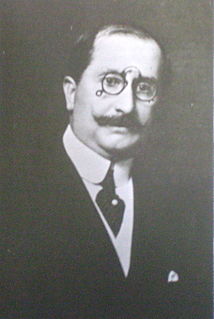
Vicente Gallo was an Argentine lawyer, academic and politician of the Radical Civic Union.
The National Autonomist Party was a conservative Argentine political party which ruled Argentina during the 1874-1916 period.

The Civic Union of the Youth was a youth-oriented Argentine political party founded on September 1, 1889 and dissolved on April 13, 1890 with the establishment of the Civic Union. Soon afterward its leaders originated the most important Argentine political parties of the early 20th Century: the Radical Civic Union, the National Civic Union, the Socialist Party, and the Democratic Progressive Party.
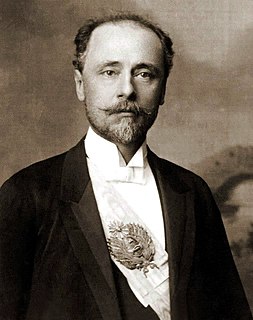
Miguel Angel Juárez Celman was President of Argentina from 12 October 1886 to 6 August 1890. A lawyer and politician, his career was defined by the influence of his kinsman, Julio Argentino Roca, who propelled him into a legislative career. He was a staunch promoter of separation of church and state and an aristocratic liberal.
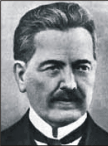
The Argentine general election of 1916 was held on 2 April. Voters elected the President, legislators, and local officials. The first secret-ballot presidential elections in the nation's history, they were mandatory and had a turnout of 62.7%.
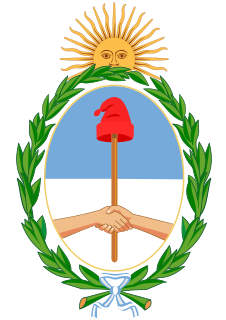
Argentina held nine presidential elections between 1862 and 1910, every six years.

Argentine legislative elections of 1912 were held on 7 April 1912 for the Argentine Chamber of Deputies. The first free, democratic elections in the nation's history, the contest had a turnout of 68.5% and produced the following official results:

The Argentine legislative elections of 1914 were held on 22 March. Voters chose their legislators, and with a turnout of 55.7%, it produced the following results:

Ángel Dolores Rojas was an Argentine lawyer and politician.

The Argentine Revolution of 1893, or the Radical Revolution of 1893, was a failed insurrection by members of the Radical Civic Union (UCR) against the government of Argentina, then controlled by the National Autonomist Party (PAN). It continued the goals of the Revolution of the Park of 1890, whose themes were further echoed in the Revolution of 1905.
The Argentine presidential election of 1886 was held on 11 April to choose the president of Argentina. Miguel Juárez Celman was elected president.
The Argentine presidential election of 1910 was held on 13 March to choose the president of Argentina. Roque Sáenz Peña was elected president.
The Argentine presidential election of 1898 was held on 10 April to choose the president of Argentina. Julio Argentino Roca was elected president for a second period.



